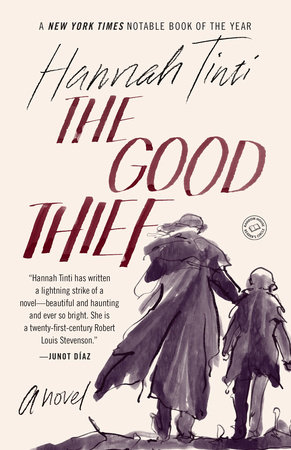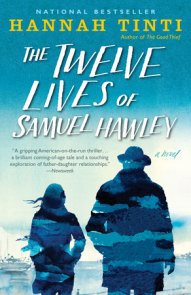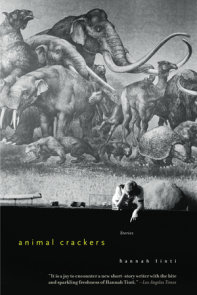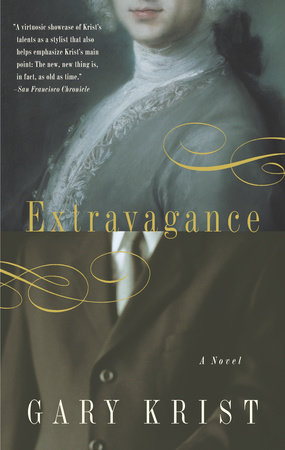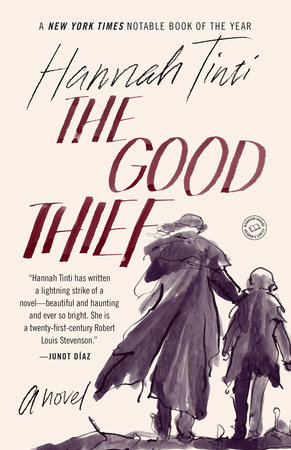

The Good Thief
By Hannah Tinti
By Hannah Tinti
By Hannah Tinti
By Hannah Tinti
Category: Historical Fiction | Literary Fiction
Category: Historical Fiction | Literary Fiction

-
$17.00
Aug 11, 2009 | ISBN 9780385337465
-
Aug 26, 2008 | ISBN 9780440337898
YOU MAY ALSO LIKE

Your Short Game Solution
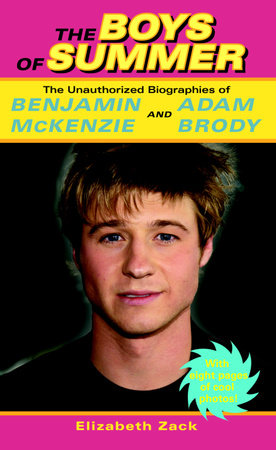
The Boys of Summer
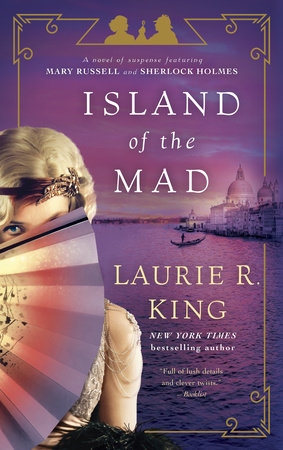
Island of the Mad
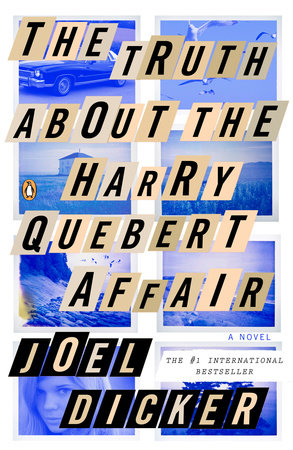
The Truth About the Harry Quebert Affair
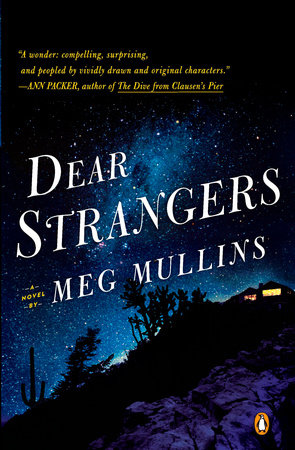
Dear Strangers
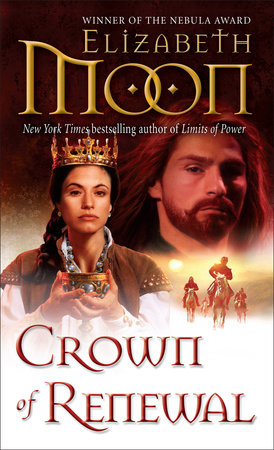
Crown of Renewal
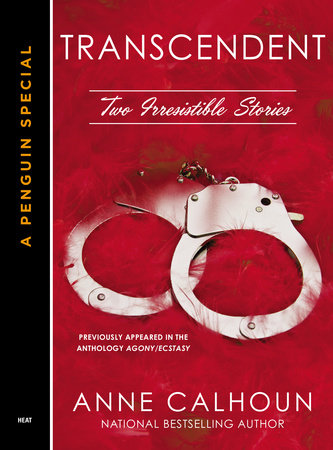
Transcendent
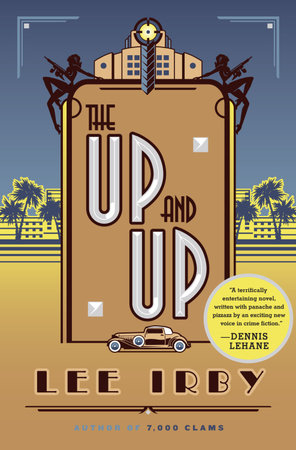
The Up and Up
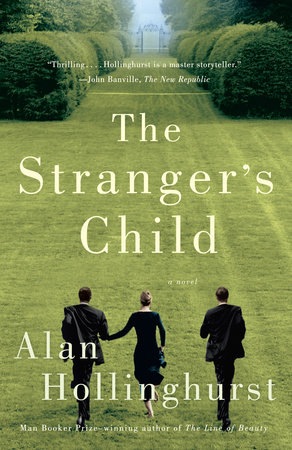
The Stranger’s Child
Praise
“Every once in a while—if you are very lucky—you come upon a novel so marvelous and enchanting and rare that you wish everyone in the world would read it, as well. The Good Thief is just such a book—a beautifully composed work of literary magic.”—Elizabeth Gilbert, author of Eat, Pray, Love
“Darkly transporting . . . [In] The Good Thief, the reader can find plain-spoken fiction full of traditional virtues: strong plotting, pure lucidity, visceral momentum and a total absence of writerly mannerisms. In Ms. Tinti’s case that means an American Dickensian tale with touches of Harry Potterish whimsy, along with a macabre streak of spooky New England history.”—New York Times
“Tinti, like John Barth with his postmodern picturesque classic, The Sot-Weed Factor, has created one of the freshest, most beguiling narratives this side of Oliver Twist.”—O: The Oprah Magazine
“Hannah Tinti has written a lightning strike of a novel—beautiful and haunting and ever so bright. She is a 21st century Robert Louis Stevenson, an adventuress who lays bare her character’s hearts with a precision and a fearlessness that will leave you shaken.”—Junot Díaz
“The Good Thief’s characters are weird and wonderful. . . . [It] has all the makings of a classic—a hero, a villain and a rollicking good tale set in 19th century New England about a good boy who gets mixed up with a lot of bad men. . . . All of that, along with its humor, ingenuity and fast pace, make The Good Thief compelling.”—San Francisco Chronicle
“Ren lives every child’s fantasy, to leave a mundane life for an adventure in which he discovers who he was supposed to be and who he could yet become. . . . [His] mischievous ways earned the character comparisons to Huck Finn and Oliver Twist. And the plot, which winds its way through a mousetrap factory and the memory of a family tragedy, certainly give him a literary playground in which to frolic.”—Associated Press
“The key to Tinti’s success with this novel is the constant tension between tenderness and peril, a tension that she ratchets up until the final pages. . . . [With] enough harrowing scrapes and turns to satisfy your inner Dickens.”—Washington Post Book World
“Difficult to put down . . . A cavalcade of chase scenes, suspenseful moments and revelations.”—Seattle Times
“The kind of story that might have kept you reading all day when you were home sick from school. . . . Writing for adults while keeping to a child’s perspective isn’t easy, and Tinti makes it look effortless.”—The New York Times Book Review
“Tinti secures her place as one of the sharpest, slyest young American novelists.”—Entertainment Weekly
“[A] striking debut novel . . . Unfolds like a Robert Louis Stevenson tale retold amid the hardscrabble squalor of Colonial New England. The sheer strangeness of the story is beguiling. . . . Good fun.”—The New Yorker
Awards
Alex Award – YALSA WINNER 2009
John Sargent Sr. First Novel Prize WINNER 2008
The Washington Post “Best Books” WINNER 2008
21 Books You’ve Been Meaning to Read
Just for joining you’ll get personalized recommendations on your dashboard daily and features only for members.
Find Out More Join Now Sign In






